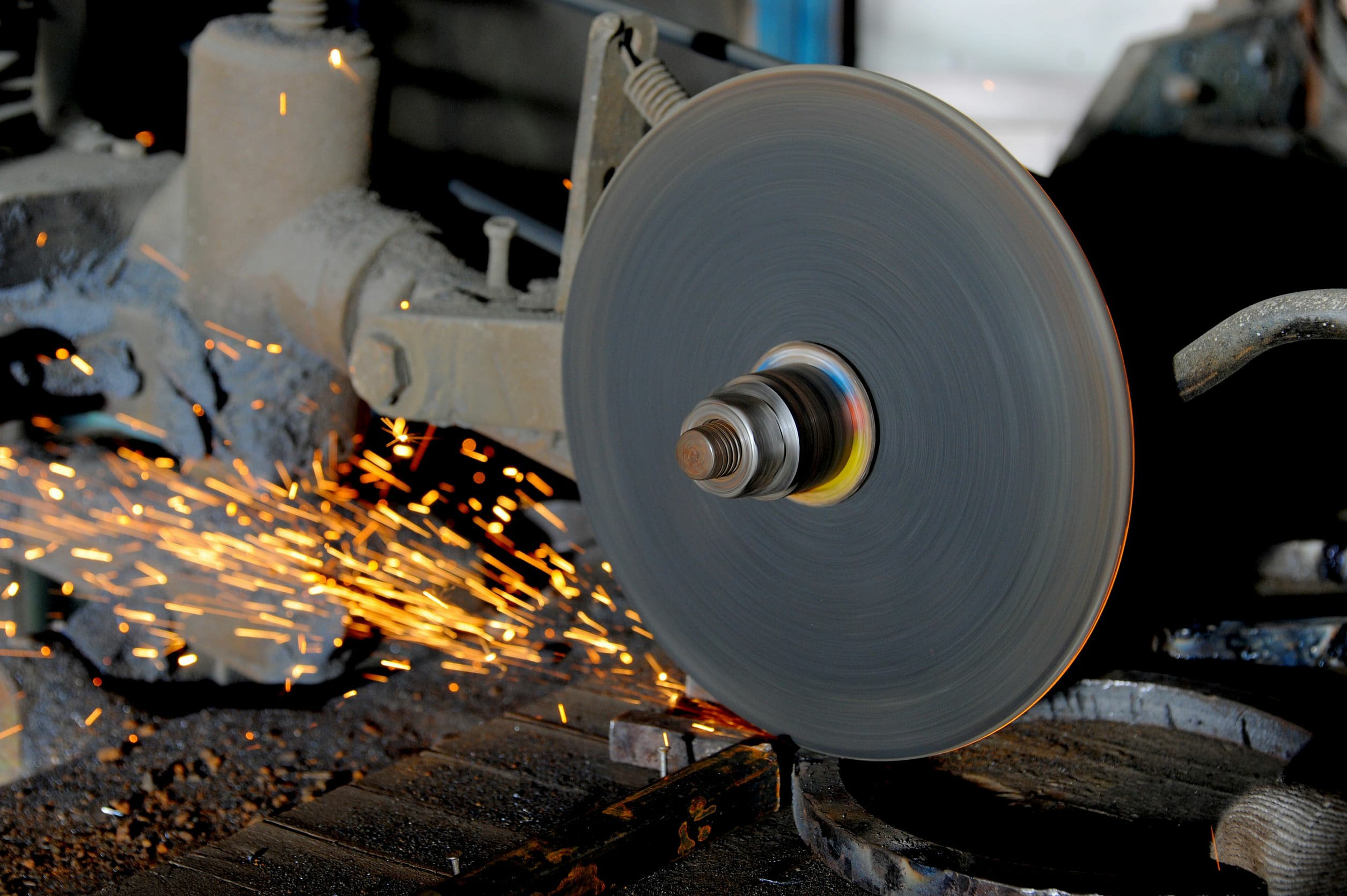Top Blunders in Abrasive Wheel Usage and How Effective Training Can Mitigate Risks
The utilization of Abrasive Wheels in various industries poses significant risks if not handled properly. From construction sites in Dublin to manufacturing units in Cork, the consequences of improper use can lead to serious injuries or even fatalities. This blog post will explore the most common mistakes workers make when using abrasive wheels and how certified training programs can serve as a critical preventative measure.
Common Mistakes in Abrasive Wheel Usage
Understanding the pitfalls that often accompany the use of abrasive wheels is crucial for maintaining a safe work environment. Here are some prevalent errors workers tend to make:
1. Incorrect Installation of Abrasive Wheels
- Many workers overlook the importance of proper installation, leading to unstable operation.
- Failure to follow manufacturer’s instructions can result in the wheel coming loose during usage.
2. Lack of Personal Protective Equipment (PPE)
- Some workers neglect to wear essential PPE such as goggles, gloves, or face shields.
- This oversight significantly increases the risk of injury from flying debris or sparks.
3. Not Conducting Regular Risk Assessments
- Workers often fail to perform adequate risk assessments before beginning operations.
- This lack of foresight can lead to unexpected hazards arising during tasks.
4. Ignoring Equipment Inspection
- Before using abrasive wheels, inspection is critical, yet many bypass this step.
- Not checking for cracks, damage, or wear can result in catastrophic failures during use.
5. Failure to Follow Safety Procedures
- Many employees ignore established safety protocols, thinking they can save time.
- This noncompliance can create dangerous situations that could easily have been avoided.
Case Studies from Major Irish Cities
Real-life incidents illustrate the importance of avoiding these mistakes:
- Dublin: A construction worker suffered severe hand injuries due to an improperly installed abrasive wheel that snapped mid-use.
- Cork: An employee faced acute eye injuries from a lack of protective goggles while operating a grinder.
- Galway: A scheduled equipment inspection was overlooked, resulting in a hazardous malfunction.
How Training Minimizes Risks
To ensure a safer workplace, proper training is critical. The following training programs can significantly help:
- Abrasive Wheels Training Dublin: This program offers comprehensive insight into handling abrasive wheels safely.
- Abrasive Wheels Certification Ireland: Attaining certification provides workers with the essential knowledge for safe operations.
- Abrasive Wheels Course Cork: Specific risk assessments are tailored to the local context of Cork’s industries.
- Abrasive Wheels Course Limerick: Courses designed to cover both theoretical and practical aspects of safe abrasive wheel usage.
- Abrasive Wheels Online Course: Flexible learning options allow workers from anywhere in Ireland to access vital safety training at their convenience.
Best Practices for Safe Use of Abrasive Wheels
- Always install and secure abrasive wheels as per manufacturer guidelines.
- Wear appropriate PPE before handling the equipment.
- Conduct thorough risk assessments regularly and before operational tasks.
- Perform routine inspections on wheels and associated equipment.
- Commit to following all safety protocols and procedures diligently.
Conclusion: Invest in Safety Training Today
In conclusion, the common mistakes made in the use of abrasive wheels can have serious consequences. By ensuring that employees receive Certified Abrasive Wheels Training, businesses in Waterford, Limerick, Galway, Cork, and Dublin can create a safer working environment and mitigate risks effectively. Don’t wait until an accident occurs—enroll your team in an Abrasive Wheels course today!
For more information or to schedule a course for your team, please contact us at [email protected].



 349,500 Offered Certificates
349,500 Offered Certificates
 24/7 Online Training
24/7 Online Training
 Money Back Guarantee
Money Back Guarantee
 Fully Accredited Courses
Fully Accredited Courses
